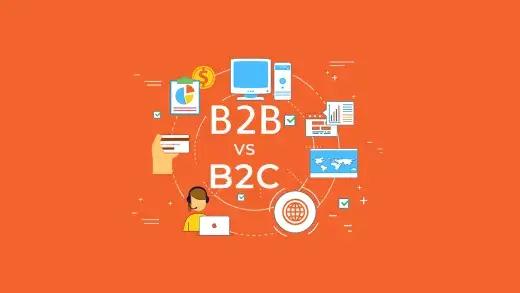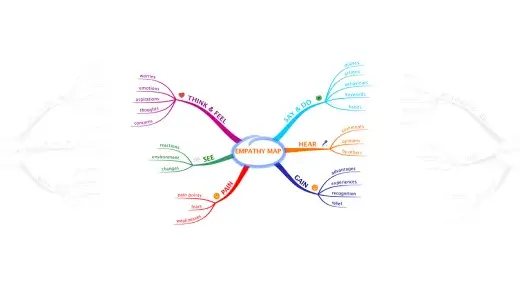Scenario
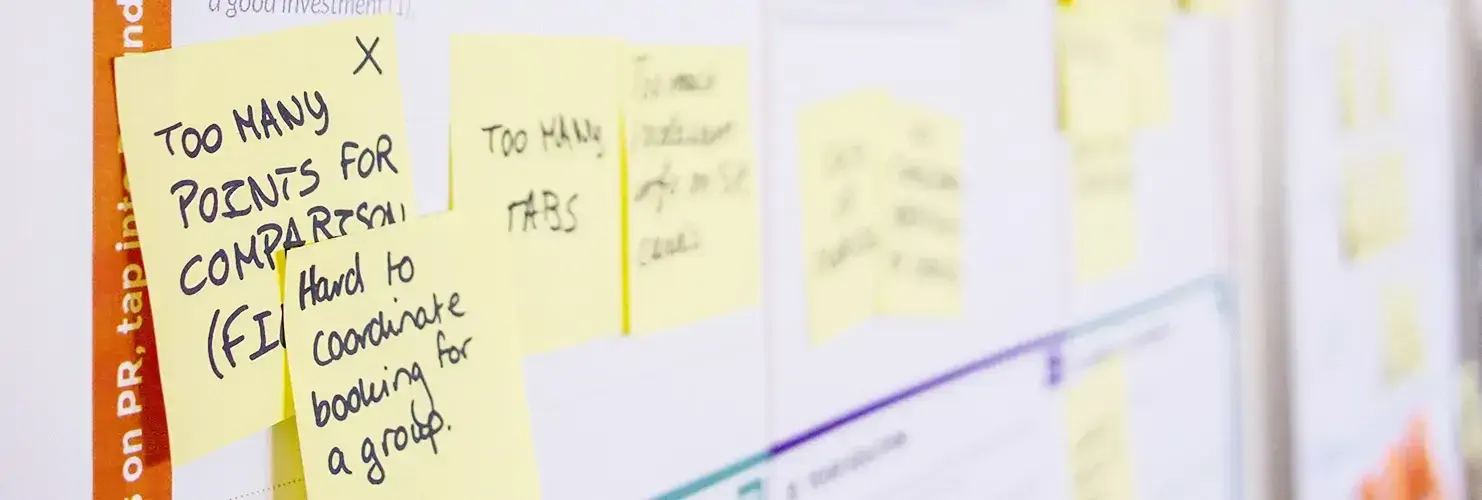
❖ What is Scenario?
User scenarios are basically short stories about the users (user personas) trying to reach their goals in their context. User scenario plays an important role on making developers clear about mindset of potential users, focus on users needs instead of technological aspects in design.
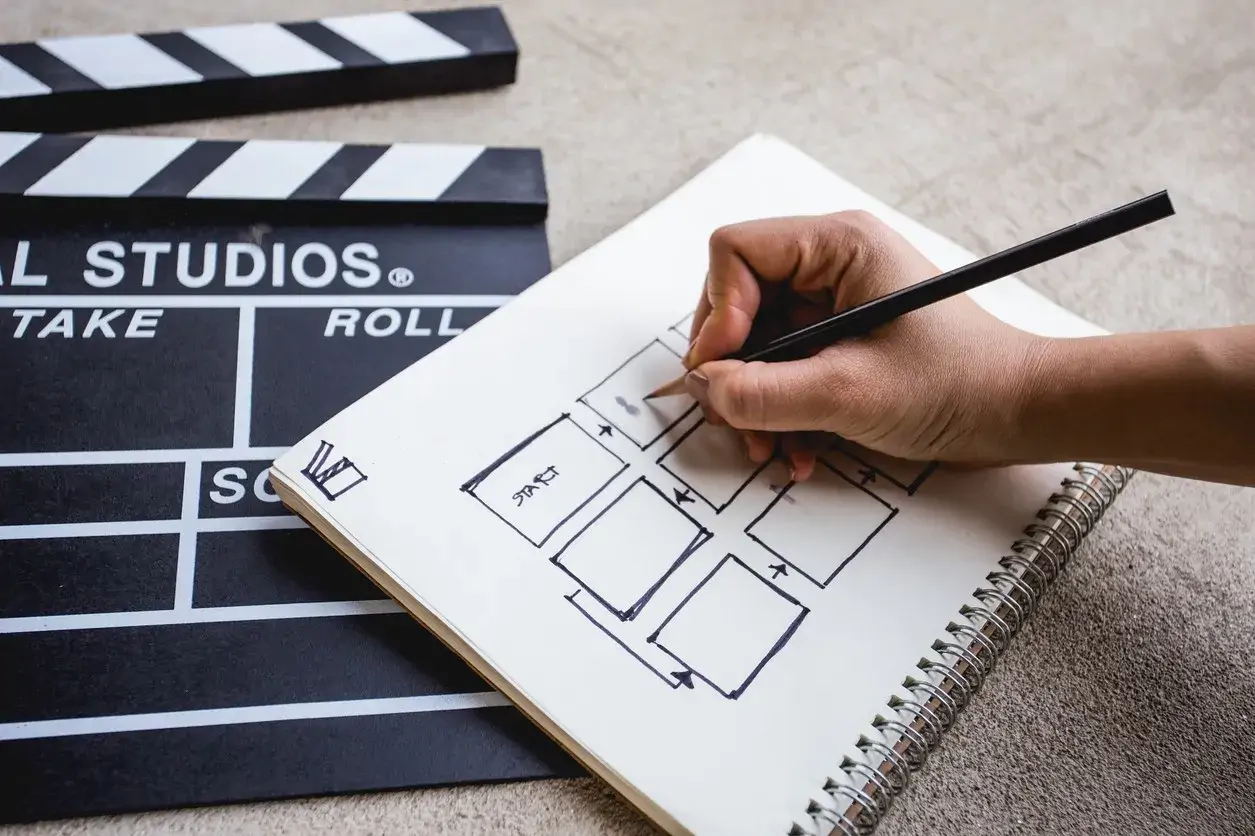
Scenario Example:
The scenario starts with our user , Alex - a university student, get dressed and ready to go to school, just leaving his home and it will end when he went to school. Designers have to explore each step that may be required to get him to the last destination.
- Primary Persona: user interacting with the product to reach his goal - Alex
- Goal: Alex needs to go to school in the central area before 7:30 am but wanted to leave home no earlier than 6:30 am
- Start conditions: Alex is at home and is ready to go to school
- Trigger conditions: It is 6:30 am and Alex has just stepped out of his front door
- Ending Conditions: Alex has arrived at school at 7:25 am
❖ What are the benefits of Scenario?
The main benefit of users scenarios is to keep the user always in the center of design and development process. By using the scenarios, UX Designer can:
- Understand what users look for, their main needs and motivations to meet users goals
- Review the big picture and focus on the most important points during the UX design process.
- Determine which steps of the process would require additional help to users
❖ What to consider when writing Scenario?
In order to write a good scenario, you have to answer the following questions:
- Who is the user?
Use the personas to define the real, major user groups coming to your site.
- Why does the user come to the site?
Note what motivates the user to come to the site and their expectations upon arrival.
- What goals does he/she have?
Through task analysis, you can better understand what the user wants on your site, from that you can meet the user's satisfied.
❖ How to create Scenario?
Building a series of Scenarios for each of your target markets encompasses 5 steps
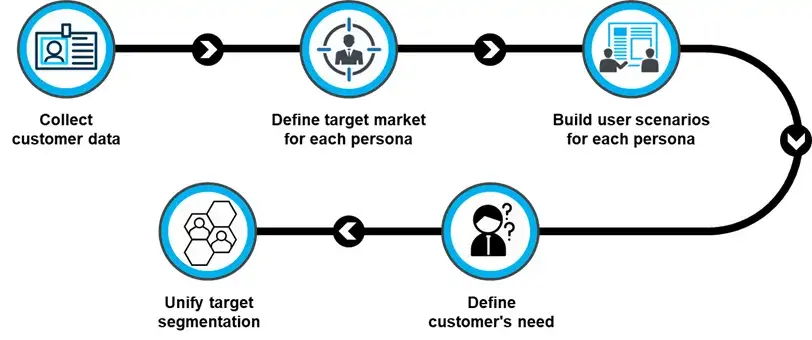
Step 1: Collect customer data
From qualitative and quantitative market research, collect all target markets' customer insights by a variety of methods such as customer interviews, customer behavior survey, website usage statistics
Step 2: Define target market for each persona
Build the primary and secondary personas for both user and buyer to display the desired target market
Step 3: Build user scenarios for each persona
Create a high user scenario that defines the user starting point and ends when meeting the primary goal
Step 4: Define customer's need
List out all tasks, issues, hindrance in user scenario for each persona
Step 5: Unify target segmentation
Gather all of the user and buyer personas, user scenarios, goals, tasks, and issues to build a Market Requirements Document (MRD)
References
https://uxknowledgebase.com/scenarios-43e05671b07
https://brainmates.com.au/brainrants/how-to-create-user-buyer-scenarios/
https://www.interaction-design.org/literature/topics/user-scenarios
